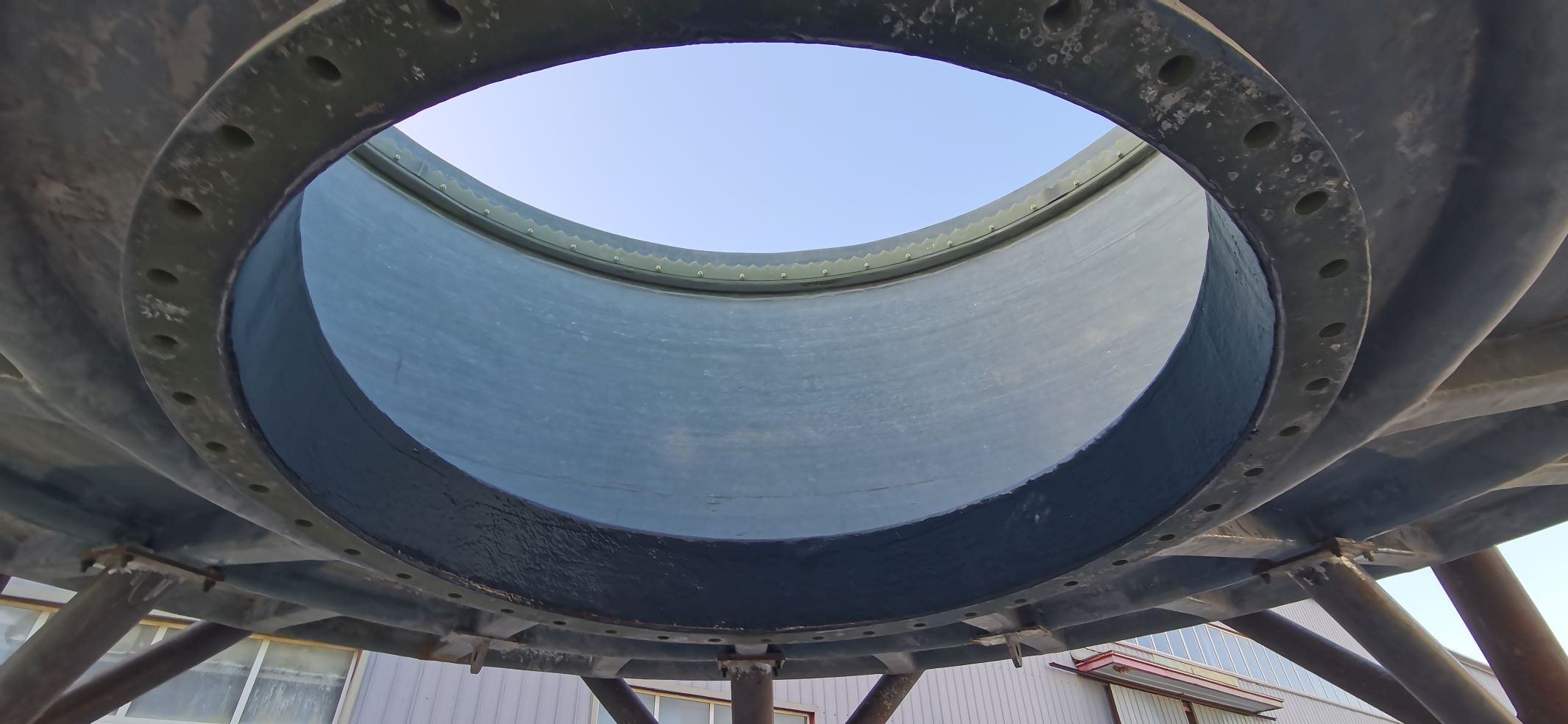
-
 Afrikaans
Afrikaans -
 Albanian
Albanian -
 Amharic
Amharic -
 Arabic
Arabic -
 Armenian
Armenian -
 Azerbaijani
Azerbaijani -
 Basque
Basque -
 Belarusian
Belarusian -
 Bengali
Bengali -
 Bosnian
Bosnian -
 Bulgarian
Bulgarian -
 Catalan
Catalan -
 Cebuano
Cebuano -
 China
China -
 China (Taiwan)
China (Taiwan) -
 Corsican
Corsican -
 Croatian
Croatian -
 Czech
Czech -
 Danish
Danish -
 Dutch
Dutch -
 English
English -
 Esperanto
Esperanto -
 Estonian
Estonian -
 Finnish
Finnish -
 French
French -
 Frisian
Frisian -
 Galician
Galician -
 Georgian
Georgian -
 German
German -
 Greek
Greek -
 Gujarati
Gujarati -
 Haitian Creole
Haitian Creole -
 hausa
hausa -
 hawaiian
hawaiian -
 Hebrew
Hebrew -
 Hindi
Hindi -
 Miao
Miao -
 Hungarian
Hungarian -
 Icelandic
Icelandic -
 igbo
igbo -
 Indonesian
Indonesian -
 irish
irish -
 Italian
Italian -
 Japanese
Japanese -
 Javanese
Javanese -
 Kannada
Kannada -
 kazakh
kazakh -
 Khmer
Khmer -
 Rwandese
Rwandese -
 Korean
Korean -
 Kurdish
Kurdish -
 Kyrgyz
Kyrgyz -
 Lao
Lao -
 Latin
Latin -
 Latvian
Latvian -
 Lithuanian
Lithuanian -
 Luxembourgish
Luxembourgish -
 Macedonian
Macedonian -
 Malgashi
Malgashi -
 Malay
Malay -
 Malayalam
Malayalam -
 Maltese
Maltese -
 Maori
Maori -
 Marathi
Marathi -
 Mongolian
Mongolian -
 Myanmar
Myanmar -
 Nepali
Nepali -
 Norwegian
Norwegian -
 Norwegian
Norwegian -
 Occitan
Occitan -
 Pashto
Pashto -
 Persian
Persian -
 Polish
Polish -
 Portuguese
Portuguese -
 Punjabi
Punjabi -
 Romanian
Romanian -
 Russian
Russian -
 Samoan
Samoan -
 Scottish Gaelic
Scottish Gaelic -
 Serbian
Serbian -
 Sesotho
Sesotho -
 Shona
Shona -
 Sindhi
Sindhi -
 Sinhala
Sinhala -
 Slovak
Slovak -
 Slovenian
Slovenian -
 Somali
Somali -
 Spanish
Spanish -
 Sundanese
Sundanese -
 Swahili
Swahili -
 Swedish
Swedish -
 Tagalog
Tagalog -
 Tajik
Tajik -
 Tamil
Tamil -
 Tatar
Tatar -
 Telugu
Telugu -
 Thai
Thai -
 Turkish
Turkish -
 Turkmen
Turkmen -
 Ukrainian
Ukrainian -
 Urdu
Urdu -
 Uighur
Uighur -
 Uzbek
Uzbek -
 Vietnamese
Vietnamese -
 Welsh
Welsh -
 Bantu
Bantu -
 Yiddish
Yiddish -
 Yoruba
Yoruba -
 Zulu
Zulu
extension of a threaded rod how to properly extend a ...
Understanding the Extension of a Threaded Rod A Guide to Proper Extension Techniques
Threaded rods play a crucial role in various engineering and construction applications, serving as vital components that enable the secure fastening of structural elements. However, when dealing with the extension of a threaded rod, it is essential to understand the fundamental principles involved to ensure safety and reliability. In this article, we will explore the methods and considerations for properly extending a threaded rod.
What is a Threaded Rod?
A threaded rod is a long, cylindrical metal rod that features helical threads running along its length. These threads allow for ease of fastening and provide strong mechanical connections when mated with nuts and other corresponding components. Typically made from stainless steel, carbon steel, or other durable materials, threaded rods are used in applications ranging from construction to machinery assembly.
Why Extend a Threaded Rod?
Extending a threaded rod may be necessary in situations where increased length is required to accommodate structural changes, align components, or meet specific engineering requirements. However, improper extension can lead to significant issues, such as misalignment, stress concentrations, and even structural failure.
Methods of Extending a Threaded Rod
1. Using Coupling Nuts The simplest and most effective method for extending a threaded rod is to use coupling nuts. These are large nuts with internal threads that can accommodate the diameter of the rod. By screwing a coupling nut onto the end of the existing rod, you can add another threaded rod, effectively increasing its length. Ensure that both rods are securely tightened to maintain stability.
2. Welding For situations requiring a permanent extension, welding two rods together could be a viable option. This technique involves heating the ends of the rods and fusing them together. While this creates a strong bond, it requires specialized skills and tools, such as a welding machine, and knowledge of metallurgy to avoid weakening the material at the weld joint.
extension of a threaded rod how to properly extend a ...

3. Thread Cutting In instances where precision is paramount, especially in high-stress applications, you may opt to cut and thread a new section of rod to match the existing threads. This process requires proper tools and expertise to ensure that the threads match perfectly, allowing for a secure fit with other components.
Considerations for Proper Extension
When extending a threaded rod, several factors should be considered to ensure effectiveness
- Material Compatibility Ensure that the materials used for extension match the original rod in terms of strength and corrosion resistance. Mixing materials can lead to failure.
- Load Requirements Assess the load-bearing capacity needed for the application. Ensure that the extended length does not compromise the structural integrity required for the task.
- Alignment Issues Pay careful attention to the alignment of the extended rod with adjacent components. Misalignment can cause uneven stress distribution, leading to premature failure.
- Torque Specifications Follow the manufacturer’s torque specifications when tightening couplings and connections to avoid over-torquing, which may damage the threads.
Conclusion
Extending a threaded rod is a task that requires careful planning, consideration, and execution. Whether using coupling nuts, welding, or thread cutting, it is vital to prioritize safety and structural integrity. By following these guidelines and techniques, you can effectively extend a threaded rod to meet your engineering needs while ensuring reliable performance in your projects.









